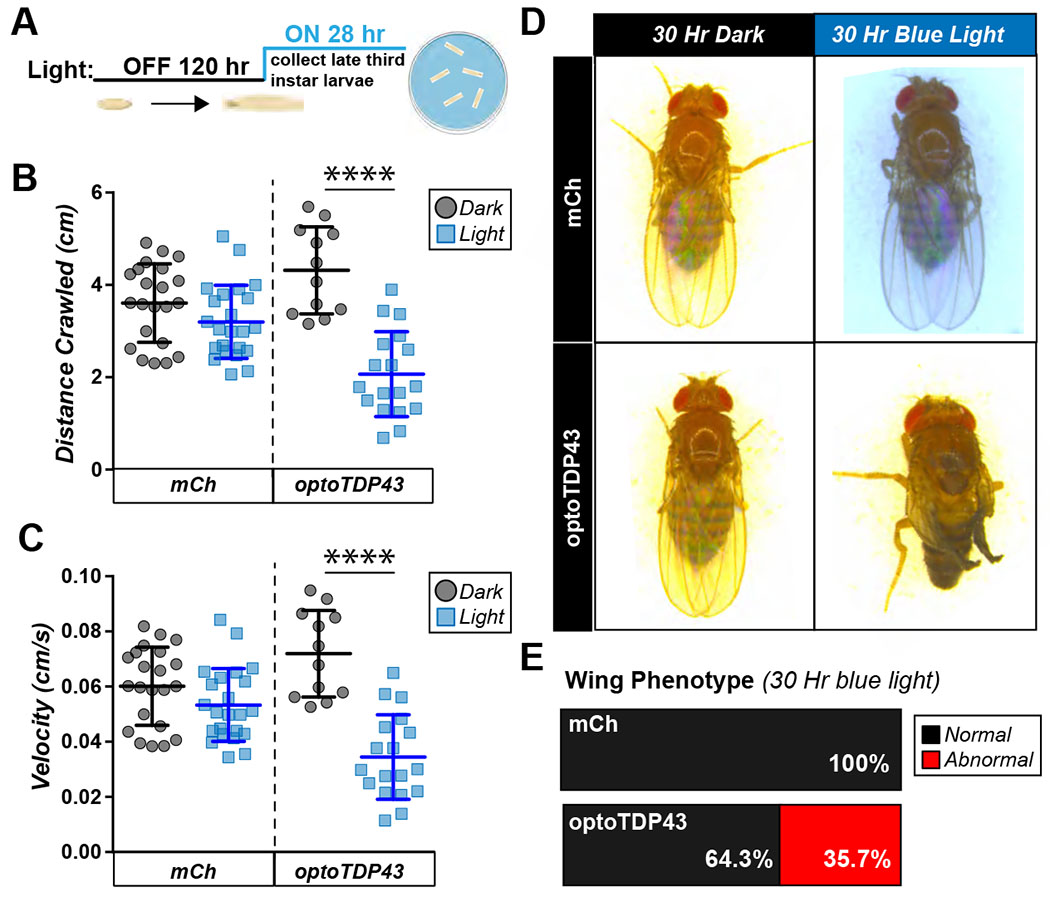Fig. 4. Blue light induced optoTDP43 aggregation leads to motor dysfunction and a neurotoxic phenotype.

A. Diagram of light protocol for larval crawling assay. B. ok371-GAL4;UAS-optoTDP43 larvae exhibit reduced crawling distance in response to 28 hours of chronic blue light exposure while ok371-GAL4;UAS-mCherry larvae’s crawling is unchanged. N= 20-25 larvae per condition. ****p<.0001, error bars +/− SD. Data were assumed normal and analyzed by a one-way student’s t-test C. ok371-GAL4;UAS-optoTDP43 larvae exhibit reduced crawling velocity in response to 28 hours of chronic blue light exposure while ok371-GAL4;UAS-mCherry larvae’s crawling is unchanged. N= 20-25 larvae per condition. ****p<.0001, error bars +/− SD. Data were assumed normal and analyzed by a one-way student’s t-test. D. Representative images of optoTDP43 flies exhibiting crumpled wing phenotypes in response to blue light exposure. E. Quantification of percentage of flies with abnormal wings, N = 25-30 flies per condition.
